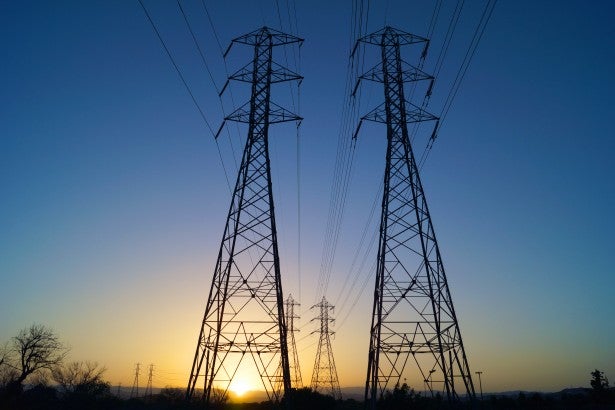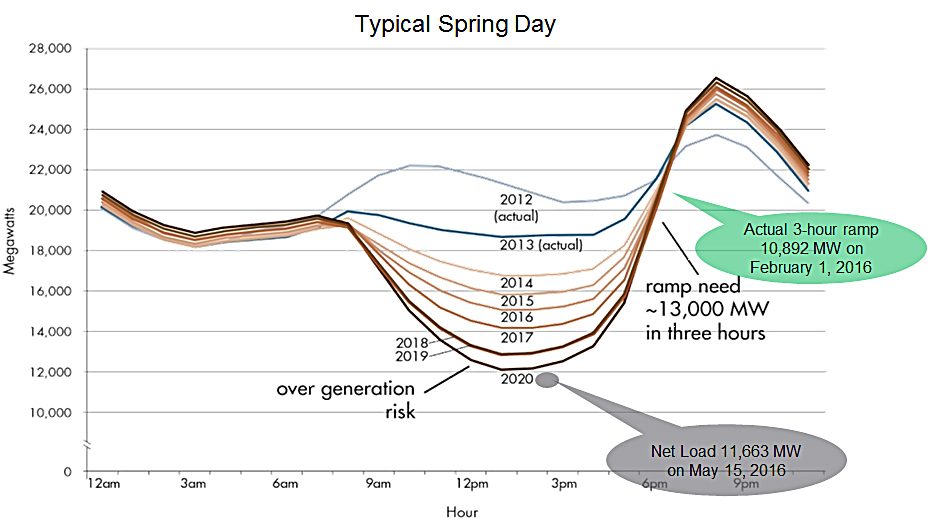 A new study, jointly conducted by the California Independent System Operator (CAISO) – the entity responsible for overseeing much of California’s electric grid – First Solar, and the National Renewable Energy Laboratory (NREL), demonstrates the untapped potential of utility-scale solar. The study shows that utility-scale solar can provide key services needed to ensure electric grid stability and reliability – better known as ancillary services – at levels comparable to conventional, fossil fuel driven resources.
A new study, jointly conducted by the California Independent System Operator (CAISO) – the entity responsible for overseeing much of California’s electric grid – First Solar, and the National Renewable Energy Laboratory (NREL), demonstrates the untapped potential of utility-scale solar. The study shows that utility-scale solar can provide key services needed to ensure electric grid stability and reliability – better known as ancillary services – at levels comparable to conventional, fossil fuel driven resources.
California needs to reduce reliance on natural gas for ancillary services
In CAISO’s market, ancillary services are overwhelmingly provided by natural gas-fired resources, and their share of the pie has been increasing in recent years.
This growing reliance on natural gas for ancillary services merits attention for many reasons.
- The repercussions of the Aliso Canyon disaster underscore the need to mitigate the risk of overreliance on any one resource for electric reliability needs.
- There are significant environmental benefits to greater participation of clean energy resources in the provision of ancillary services. This is particularly relevant to California, given its ambitious greenhouse gas reduction goals.
- Increased participation by clean energy resources in ancillary service markets can increase supply of these services, benefit end users via reduced production costs, and provide additional revenue streams to these resources. Allowing all resources capable of providing ancillary services to compete on an equal footing with conventional resources is a pre-requisite for a competitive market.
As renewables penetration increases, so will the need for ancillary services
The findings of the new CAISO- First Solar-NREL study have significant implications for the integration of all renewables (not just solar) on California’s grid. California’s renewable portfolio standard mandates that at least 50% of electric generation be driven by renewables by 2030. Given their inherent variability, as more renewables come online, grid operators will need additional ancillary services to ensure grid stability.
In particular, we are likely to see steep increases in ramping needs in the afternoon and evening hours, driven by mid-day solar generation. Solar generation in the middle of the day leads to a drop in net electricity demand, followed by a sharp increase in the afternoon/evening, as people come home from work and school, switch on their lights and appliances, and solar generation falls with the setting sun. This is reflected in the “duck curve” (see figure below) which underscores the need for flexible resources, that are capable of quickly responding to sudden fluctuations in renewable output.

Net Load on CAISO System (projected through 2020). Source: CAISO, “What the duck curve tells us about managing a green grid”, 2016
CAISO has an ancillary services scarcity pricing mechanism that is triggered when it is unable to procure the targeted quantity of one or more ancillary services. In 2015, CAISO experienced its first ancillary service scarcity event, signaling a mismatch between the demand and supply of ancillary services.
Next steps
To follow up on the study, CAISO plans to identify barriers to the provision of grid services by renewables and explore incentives to harness this potential. This is a welcome next step. Because of the unique characteristics of clean energy resources, there are challenges to their participation in ancillary services markets. What’s more, these markets were not designed keeping renewable resources in mind.
Studies such as the CAISO-NREL-First Solar joint study demonstrate that renewables can provide essential grid reliability services needed to support the transition to a cleaner grid. Now, the challenge is to develop the market design features that will allow California to harness these capabilities.
Image source: Ken Kistler









